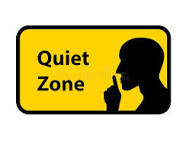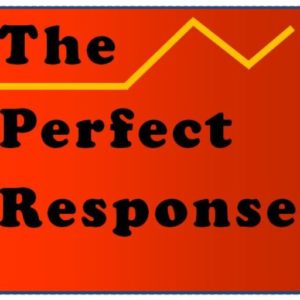Here’s the thing about ambient sound: we tend to put it out of mind even when it is having its way with us.
There is always a scenic dimension to the various physical elements that limit or enhance our actions. The funny old aphorism that ‘everybody has to be someplace’ is a reminder that our lives must unfold in some particular space. Sonics are always a part of a scene, even if they are hardly noticed. Pure silence is almost never an option; even a “quiet” place is full of ambient sound that affects the qualities that shape any particular moment. For example, ambient sounds are what transform stilted film dialogue captured on a set into conversations that seem to be happening in real space. Like the visual cues of color and texture, aural cues define where we are: anywhere from a busy playground to a space deep in the woods. More than we might acknowledge, it is ambiance that defines a desert from a busy city street, a cathedral from a conference room, or a busy office from a bedroom.
I was reminded of the importance of ambiance several years ago, when I was working on a chapter about film sound design. Since mics can barely do more than capture dialogue, Foley artists and sound editors recreate sonics that were inadequately captured on location. They add the aural details that make a place real.

In crowded places like midtown Manhattan we often want to escape what has gone beyond ambience and become intense noise. The constant racket of the city is the number one complaint of its residents. And we know that heart rate, irritability and blood pressure rise in very noisy spaces. But I know from experience that some of those same folks transported to the quiet acres of rural forest may also find the stillness pretty creepy. Though not loud, small Eastern Screech Owls at night are dependable producers of the kinds of quiet cries we might expect from ghosts passing through the trees.
Here’s the thing about ambient sound: we tend to put it out of mind even while it is having its way with us, increasingly making us anxious, annoyed, impatient or—too infrequently—calmed. Our brains scan the information that we obtain from incidental sounds. And while our ears aren’t as sensitive as many other mammals, they are good enough to detect an oncoming car we still can’t see, or an air leak in a window that is supposedly sealed.
The films Blow Out (1981) and The Conversation (1974) are good explorations of how we rely on incidental sound to make sense of the world. Both show technicians using just ambient sound to solve crimes. More happily, Joni Mitchell subtly embeds one of her signature songs with the soothing ambience of summer crickets.
Sound anchors us to a scene. Experiencing a completely silent environment, as in an anechoic chamber, is unnatural and, for most, unpleasant. A quiet spot is one thing, but we are only too happy to be in the presence of enough sound to blot out the sounds of our own heartbeats.
Americans living near cities and traffic often live within what has become sewers of noise. Tokyo and Mumbai are also bad, but we have our own unique mix. Aircraft noise is often a constant presence. And American reliance on gas engines is even more prominent, with most towns falling short of reining in the constant din from sources ranging from souped up motorcycles and cars, to the horrible pollution of machines we use to manicure green spaces. A recording studio built in most towns must be built like a bank vault in order to keep all of that chaos at bay. One science writer has cleverly imagined that if noise pollution could be seen, its scale would produce a level of filth we would never tolerate.
But the basic point here is simpler. We need to give the tiny sensory organs behind our ears a break, and the chance to hear quieter ambient sounds. That was always a birthright of our species for millennia before the relatively recent mechanical and electrical ages.
![]()



 The ultimate escape from noise, of course, is out of the city and away from busy roads and airplane glide paths. In a secluded forest in many parts of the United States it is possible to hear your heart pump: a phenomenon that can catch a city-dweller off-guard. It is even quieter after a few inches of snow.
The ultimate escape from noise, of course, is out of the city and away from busy roads and airplane glide paths. In a secluded forest in many parts of the United States it is possible to hear your heart pump: a phenomenon that can catch a city-dweller off-guard. It is even quieter after a few inches of snow.